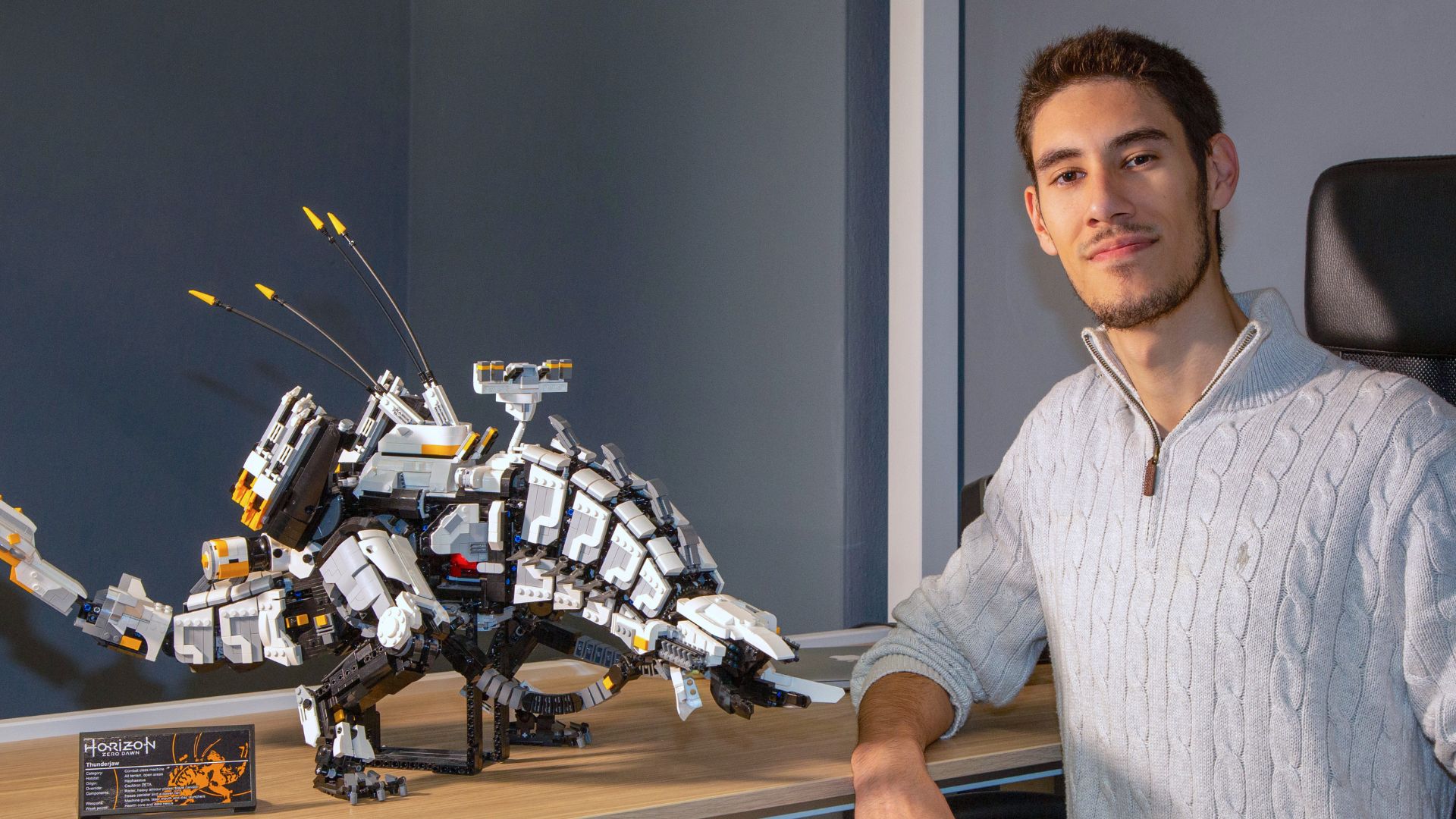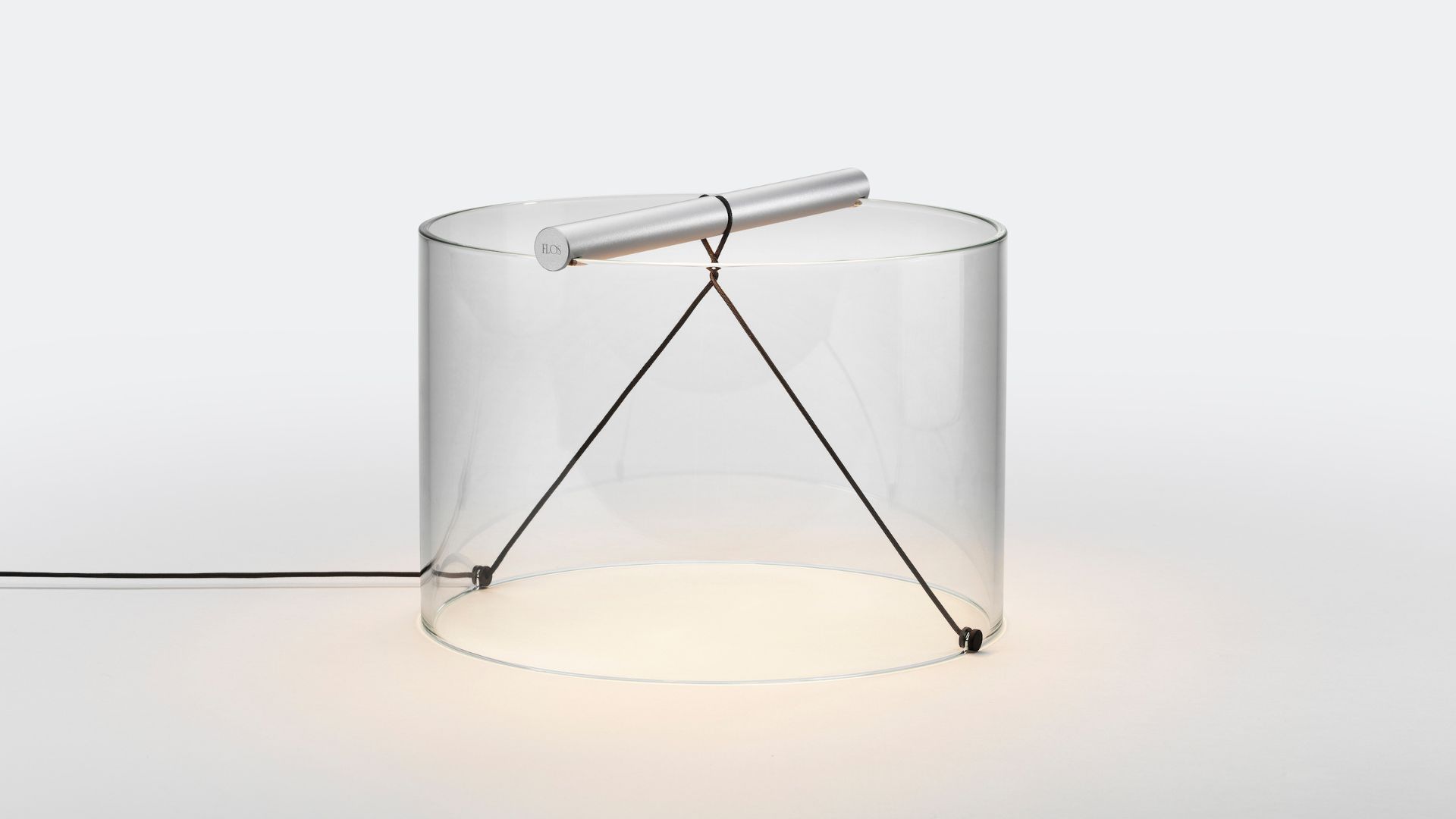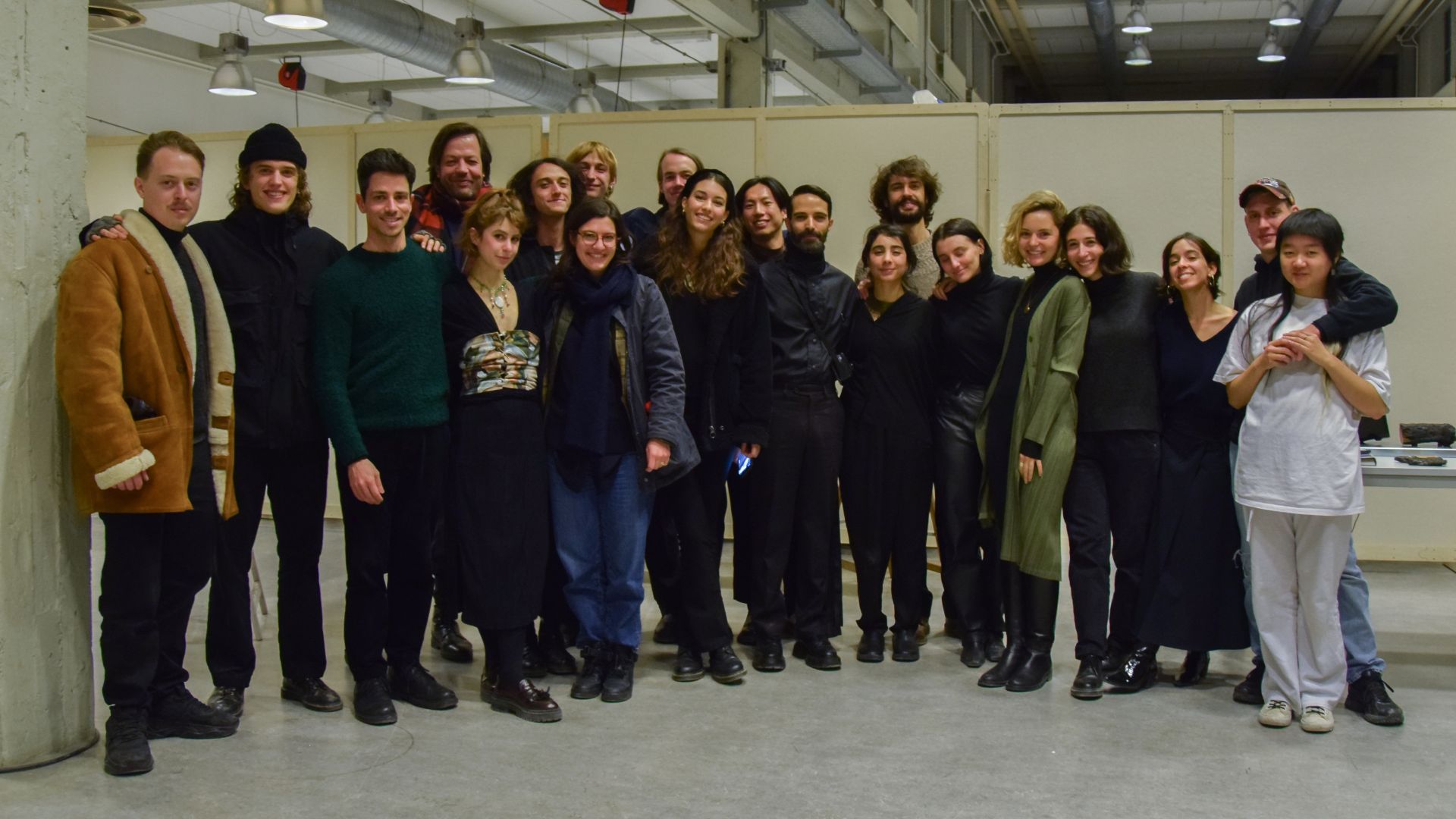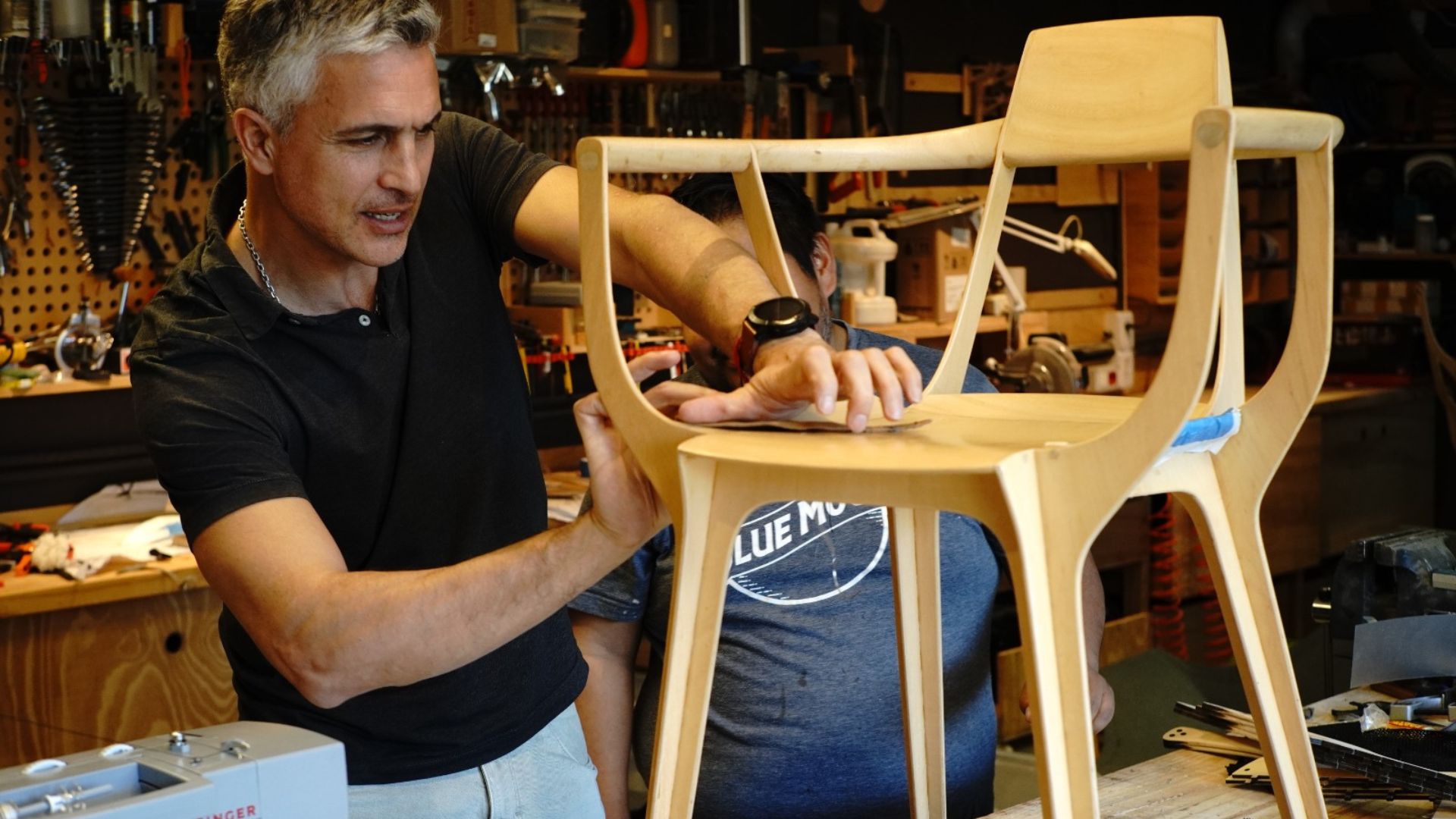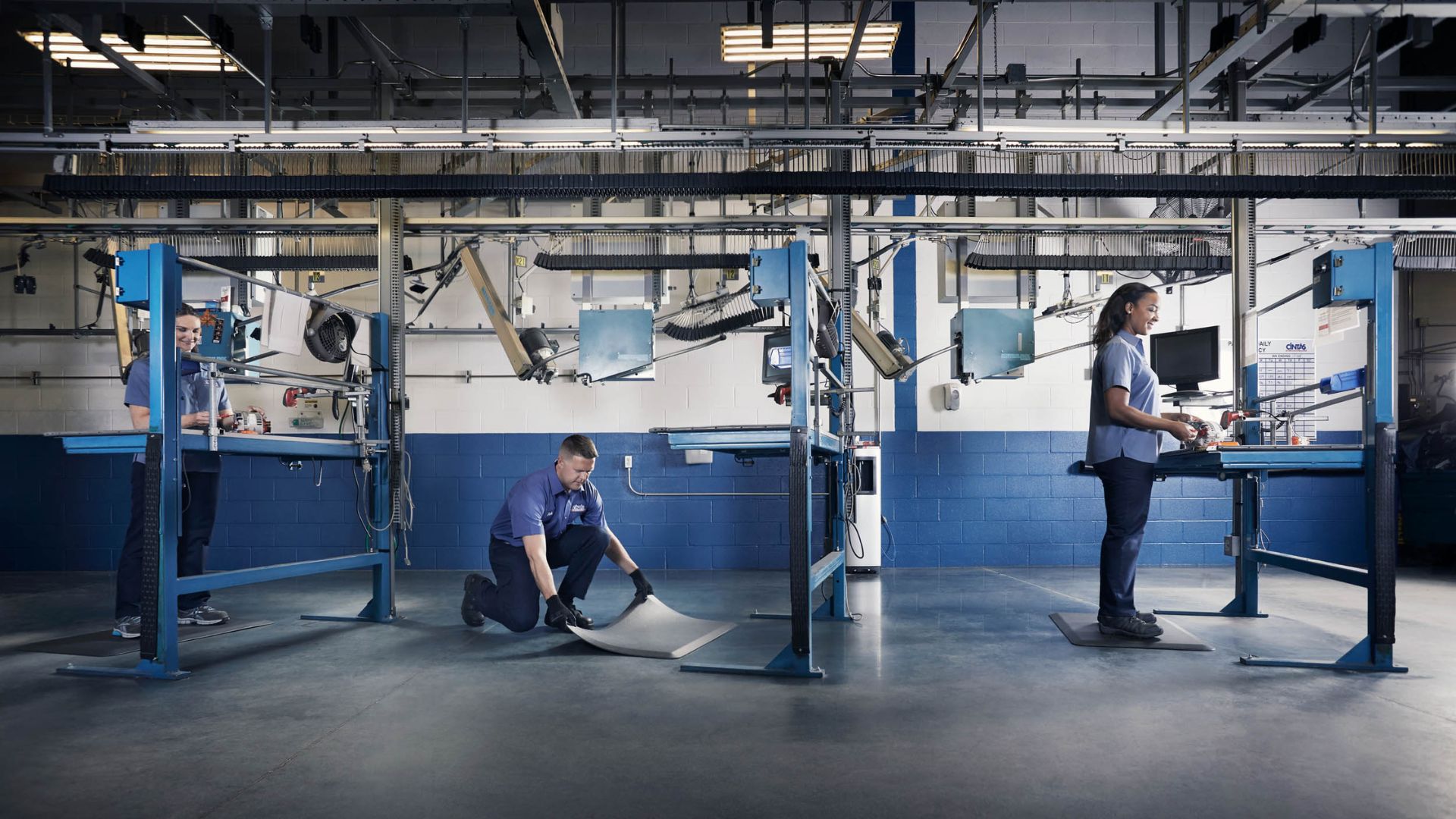Learning to observe well-designed objects (and how to find them)
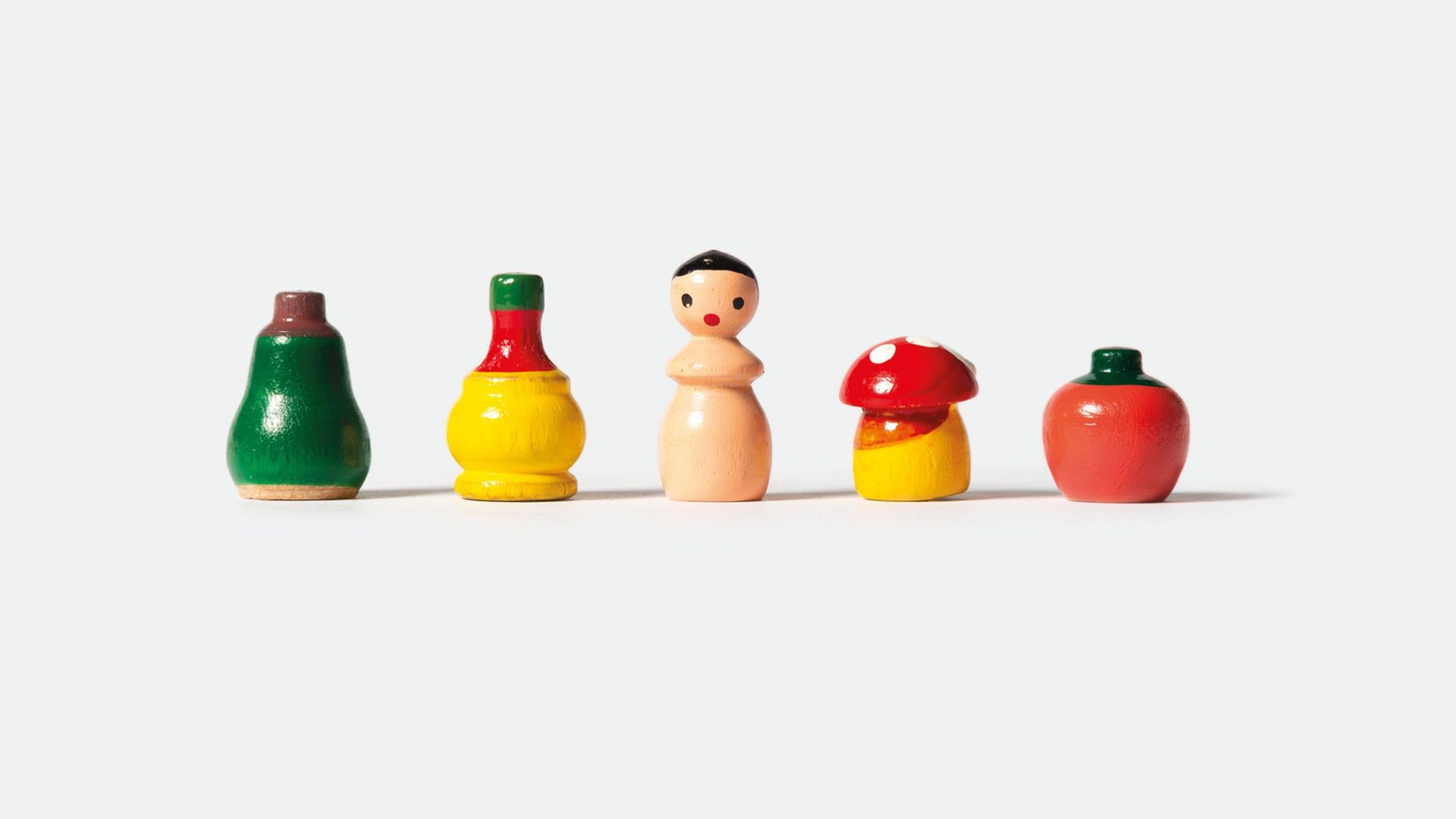
Giulio Iacchetti is considered a contemporary Italian maestro and young designers line up for an internship in his Milan studio.
It’s understandable.
Like Ettore Sottsass or Alessandro Mendini, Iacchetti couples a good standing with companies (he works for many leading brands as designer and art director) with an inspiring and very personal poetic: a particular sensibility that turns any project into a compelling story.
The Iacchetti approach stems from his sincere and ever-lasting love of objects
Meaning common but well-designed goods such as cutlery, agricultural tools, clothes pegs, mechanical elements of vehicles, and so forth.

A self-taught designer, he spent decades collecting, storing and studying things that caught his attention: discovering how they were conceived, developed and produced but also figuring out what fueled the attraction that he could feel towards them, as a designer and user.
We approached Giulio Iacchetti to capture the key points of his thinking with the DesignWanted community because, as he says, “from well-designed things you learn to do good design”.
You have recently published a book, Semplici formalità (Mere Formalities, in Italian only), dedicated to your love for objects. Why?
Giulio Iacchetti: “I wanted to state, very clearly, that everything that is produced and made has been designed. And bring people into the world of objects that I consider well-designed.
I did it because it’s nice to share one’s passion: it helps to put your own thinking in order.
Secondly because
regaining the capacity to observe things around us, thoroughly, would improve our existence
especially for those who design professionally.
In the rat race that is our life today, we tend to leave a lot behind and it’s a pity”.
When does an object attract your attention?
Giulio Iacchetti: “The attraction comes from the form and what’s behind it. The world of design is often polarized when it comes to form: which used to be an expression of function (the Ulm school), of a concept (for radical design movements), and now the manifestation of a marketing drive.
So basically, form has been slave to political and commercial ideas rather than a manifestation of what the essence of the object is. When objects work, form is what makes an object “resolved”.
What is a “resolved” object?
Giulio Iacchetti: “It’s something whose form is a perfect expression of its essence: meaning function, personality, key traits.
A “resolved” object is harmonious in its shape, balanced in its relationship with what surrounds it, provides an interesting interaction with people.
Our everyday lives are full of “resolved” objects and they have all been designed by someone, yet most of them not by “authors”. Yet they retain all the qualities of good design.
An example is the Vinavil bottle.

I could recognize it with my eyes closed just by touching it: a cylinder that fits perfectly in a hand, slightly rounded at its extremities with a knurled appendix of a less diameter holding a strap with a lid that closes the liquid glue outlet nozzle.
The texture of the plastic welcomes the grip, the lid can be opened with a finger move, the cap can be unscrewed when the glue is over to wash the bottle. It’s honest, works perfectly, makes you feel good.
No wonder it’s been around since 1942 and distributed world-wide. It’s a perfect synthesis of form and function and its correctness is perceived by everyone, instinctively”.
How do you practice observation skills?
“By looking in depth at “resolved” objects: and with this I mean that you also have to touch them, smell them, feel them, use them.
When you start a school you normally purchase books. When you want to be a designer you should invest in purchasing objects
(or in a way to be in close contact with them for an extended period of time).

“A resolved object doesn’t have to cost a lot: a brick is a wonderful object to study when it comes to harmony, materials, measures, relationship with the human hand, function, sustainability, usability, durability.
Its correctness was not dictated just by its purpose, by a concept or by the desire to sell more bricks: it’s a mixture of all these factors, sedimented in history”.
And once you have a collection “resolved” objects, what do you do with them?
Giulio Iacchetti: “You get in close contact with them. The easier way is to copy them and draw with a pen or pencil on a piece of paper.
When you draw something you get intimate with them in the purest of ways: by taking your time to see it, you get into its soul, observe it deeply and understand the actual relationships between all the parts that compose it as a whole.
Copying from reality is the opposite of plagiarism which is a dishonest act that implies the desire to skip corners and cheat to get a personal advantage.

Copying the forms of an object or even tracing it on paper, on the contrary, is a homage to its designer and helps us interiorize concepts such as harmony and balance while figuring out how they come to be.
The key is, obviously, to be inspired by what is truly excellent in design terms rather than something mediocre, and that’s where culture comes into play.
If you have to design a table lamp you must know the Tolomeo or the Anglepoise intimately if you want to try to do better but you also need to know that they exist”.
Why do you think we look at things but don’t really see them?
Giulio Iacchetti: “Picture yourself walking in a wood: you feel intoxicated by the greenery and take for granted the fact that this is made up of single trees, branches, leaves and roots.
It’s what happens to us in a world where we are relentlessly confronted with sensorial stimuli made of things, sounds, lights, smells. Our concentration is lost, it surrenders to the immersiveness of it all.
The only time in which we truly focus on one thing at the time is when it is on a pedestal: in a museum, in an art gallery, in a fashion brand’s store.

But in this way we end up thinking that only what’s authored is to be considered valuable which is certainly not the case”.
Jasper Morrison and Naoto Fukasawa worked on a similar topic with their SuperNormal manifesto years ago. What’s the difference?
Giulio Iacchetti: “Their work is a milestone like all what’s been done on the so-called ‘anonymous design’.
But I would like to create a more inclusive approach to objects and state that everything that is produced and made has been designed.
The point is whether it is good design (that remains) or bad design (which is easily forgotten) and sharing with the younger generation”.
What would we gain from a good capacity of observation?
Giulio Iacchetti: “As consumers, a deeper connection with what’s around us, an awareness of what’s good and what isn’t and a more relevant set of criteria for purchase.
As designers, also a great deal of inspiration in creating design work that is actually relevant, conceived to connect with people and to last.
Observing and gauging quality is key to sustainability because it would drive us to select only what lasts”.



See more on Giulio Iacchetti official website.




